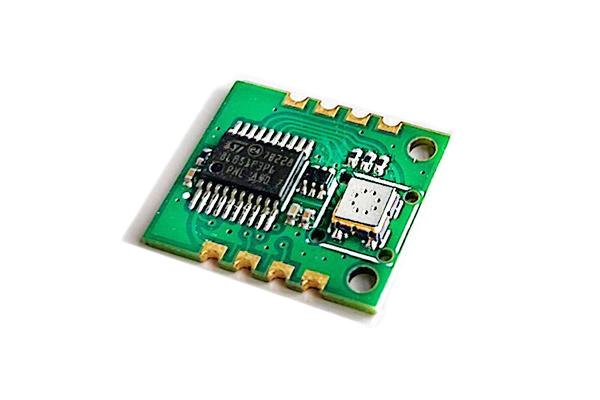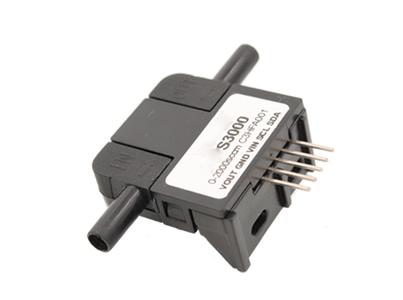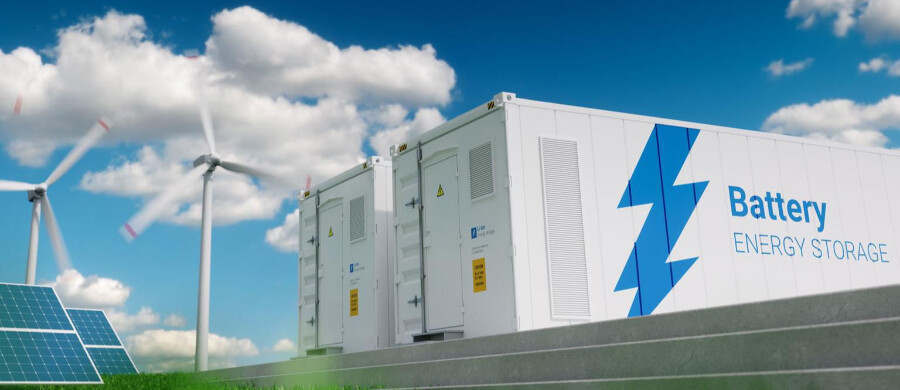MEMS (Micro-Electro-Mechanical Systems) hydrogen (H2) sensors are used in various applications due to their small size, low power consumption, high sensitivity, and fast response time.
Here are some key applications for MEMS H2 sensors:
1. Automotive Industry:
- Fuel Cells: Hydrogen fuel cells, used in some electric vehicles, require precise monitoring of hydrogen levels to ensure safe and efficient operation. MEMS H2 sensors can provide real-time detection of hydrogen leaks.
- Safety Systems: Detecting hydrogen leaks in vehicles powered by hydrogen fuel cells or those using hydrogen as a fuel source can prevent potential hazards.
2. Industrial Safety:
- Leak Detection: MEMS H2 sensors are used in industrial environments where hydrogen is produced, stored, or used, such as in chemical plants, refineries, and laboratories. They help detect hydrogen leaks and prevent explosions or fires.
- Process Control: Monitoring hydrogen concentrations in various industrial processes to ensure optimal operation and safety.
3. Energy Sector:
- Hydrogen Production and Storage: Ensuring safe production, storage, and transport of hydrogen in facilities involved in hydrogen production and distribution.
- Power Generation: Monitoring hydrogen levels in power plants, especially those using hydrogen cooling in generators.
4. Environmental Monitoring:
- Air Quality: Detecting hydrogen emissions in the atmosphere, particularly in urban areas and industrial zones, to monitor and control environmental pollution.
- Research and Development: Studying hydrogen behavior in various environmental conditions and contributing to environmental research.
5. Medical and Healthcare:
- Breath Analysis: Hydrogen sensors are used in medical diagnostics for breath analysis to detect conditions such as lactose intolerance, bacterial overgrowth, and other gastrointestinal disorders.
6. Consumer Electronics:
- Portable Devices: Integration into portable and wearable devices for personal safety, detecting hydrogen leaks in various environments.
7. Aerospace:
- Space Missions: Monitoring hydrogen levels in spacecraft to ensure crew safety and prevent potential hazards due to hydrogen leaks.
- Fuel Systems: Detecting leaks in hydrogen fuel systems used in rockets and other aerospace applications.
8. Renewable Energy:
- Hydrogen Economy: Supporting the development and monitoring of hydrogen-based energy systems, contributing to the transition to renewable energy sources.
9. Telecommunications:
- Backup Power Systems: Ensuring the safe operation of backup power systems that use hydrogen fuel cells in telecommunications infrastructure.
Advantages of MEMS H2 Sensors:
- High Sensitivity: Capable of detecting low concentrations of hydrogen.
- Fast Response Time: Quick detection and response to hydrogen presence.
- Low Power Consumption: Suitable for battery-operated and portable devices.
- Compact Size: Easily integrated into various applications and devices.
- Durability: Long operational life and reliability in harsh environments.
Conclusion:
MEMS H2 sensors play a critical role in enhancing safety, efficiency, and performance across multiple industries. Their ability to provide precise and reliable hydrogen detection makes them invaluable in applications ranging from automotive and industrial safety to environmental monitoring and renewable energy systems.
LATEST NEWS
ONLINE CONSULTATION
For inquiries about our products or pricelist, please leave your email to us and we will be in touch within 24 hours.
GOT ANY QUESTIONS
If you have something on your mind, just let us know!
We are more than happy to answer all your inquiries.

For inquiries about our products or pricelist, please leave your email to us and we will be in touch within 24 hours.
Add: No.9999 Jingshi Road, Lixia District, Jinan City, Shandong Province, China
USA Research Center
Add:2455 South Rd, Poughkeepsie, NY 12601 USA
By clicking "Allow All", you agree to the storage of cookies on your device to enhance site navigation, analyze site usage and assist with our marketing efforts. Cookie Notice




